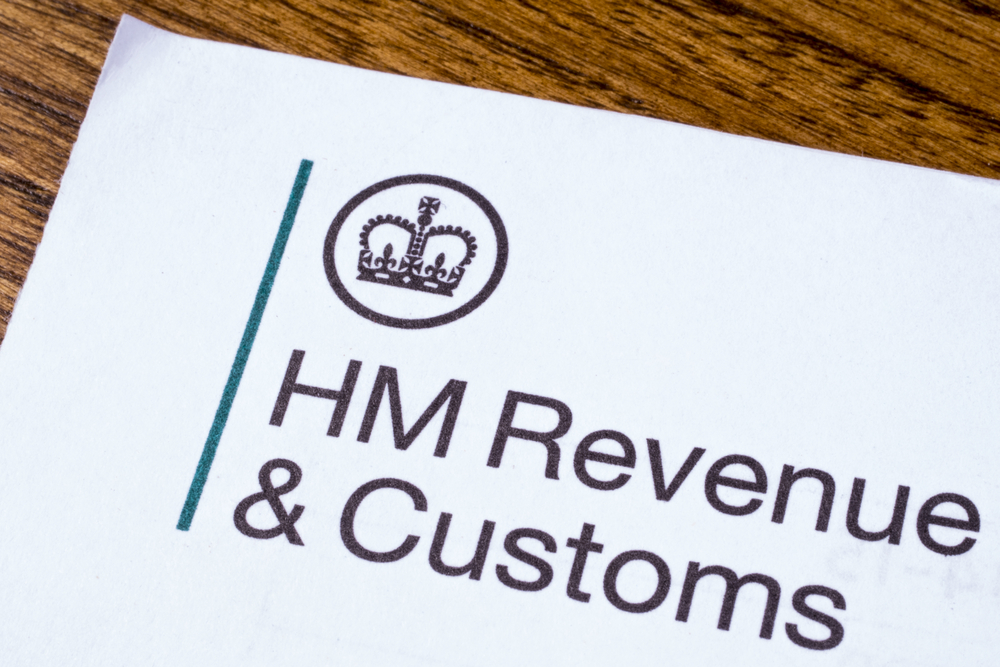What will compulsory liquidation mean for company directors, employees, and creditors?
We explore what this, sometimes, stressful situation means for those involved, as well the normal process of events.
Get Free Advice from Licensed Insolvency Practitioners
- If you submit this form, you’ll get a prompt response from someone who can offer advice.
- Our partners are fully licensed insolvency practitioners based in North London.
- Our recommendation is based on reviews, history, trading standards, ratings, satisfaction, trust & price.
- They offer over 100 years of combined partner experience.
- Your data will never be shared or misused.
What is Compulsory Liquidation?
Compulsory liquidation is a formal insolvency procedure instigated by a court order after a creditor has petitioned to wind up the company. In the UK HMRC is the most common petitioner, but any creditor that is owed £750 or more with a debt that has gone unpaid for a minimum of 21 days can issue a winding up petition.
Grounds for compulsory liquidation are:
- the company is unable to pay its debts
- the court is of the opinion that it is just and equitable that the company should be wound up
Compulsory liquidation follows the judges ruling against the debtor in the High Court winding up petition hearing. It will mean immediate closure of the company, and the sale of its assets for the benefit of corporate creditors.
Who Handles a Compulsory Liquidation?
The official receiver (OR) will initially be appointed to liquidate the company. The directors will be relieved of their duties, the business will stop trading and its assets will be sold to repay the creditors. There will also be a full investigation into the conduct of the board members, which could have serious consequences if any wrongdoing is found. The final step of the process is for the company to be struck off the register at Companies House.
In some cases, the official receiver hands over the task of realisation corporate assets to a private insolvency practitioner.
What’s the Compulsory Liquidation Process?
There are several steps involved in the compulsory liquidation process. They include:
- Issuing a winding up petition – The first step is for a winding up petition to be issued against the company by a creditor. Once the petition has been issued, the company has seven days to make the payment or oppose the petition before it is advertised in the Gazette. Once the petition has been advertised, the company’s bank accounts will usually be frozen, which makes it very difficult to obtain finance to pay the debt or continue to trade.
- Making a winding up order – Seven days after the winding up petition has been advertised, it will be heard by a judge. Both the creditor and the company can attend court and argue their cases and an adjournment may be considered by the judge to give the company time to prepare a full defence or pay the debt. If the court is satisfied that the company should be shut down, a winding up order will be made and an official receiver will be appointed to liquidate the company. Trading must cease at this point if it hasn’t already.
- Taking control of the business – The Official Receiver will take control of the business immediately and the directors’ powers and duties will be removed. The directors may be required to assist the official receiver in the liquidation process by providing information on customers, stock and the business’s assets.
- Selling the company’s assets – The official receiver will then begin the process of selling the company’s property, vehicles, machinery, stock and any other assets it owns. The proceeds from these assets, along with the cash in the company’s bank account, will be used to repay the company’s creditors to the fullest extent that is possible.
- Dissolving the company – The next step is for the business to be removed from the Companies House register. If any of the company directors have signed a personal guarantee, they will become personally liable for the debt the guarantee applies to. Any other outstanding debts will be written off and the business will cease to exist.
- Investigating the directors’ conduct – At the end of the process, the official receiver will send a final report to creditors explaining the reasons for the business’s failure and scrutinising the directors’ conduct. The Insolvency Service may decide to investigate the directors for wrongful or fraudulent trading.
How Long Does Compulsory Liquidation Take?
Compulsory liquidation typically takes around 3 months from a creditor such as HMRC threatening to issue a winding up petition to the winding up order being made by the court. Depending on the size and complexity of the business, it can then take anything from a 2 months to 1 year or more to agree the creditors’ claims, sell the company’s assets and distribute the funds to the creditors.
Can Compulsory Liquidation be Stopped?
A winding up petition can be contested and disputed, if there are legal grounds. Or the debt can be paid in full which can halt things. Perhaps the best chance of halting the liquidation is where a company has a reasonable chance of paying the debt over a period of time. If this can be proven, the court may grant a temporary adjournment.
How Much Does Compulsory Liquidation Cost?
Because compulsory liquidation is expensive, most creditors would not consider this unless the debt owed is significant. Typical fees are as follows:
- Court fee – £280
- Insolvency Service / Official Receivers Deposit – £2600
- London Gazette advertisement fee – £103.60 + VAT –
- Process Server fee for initial serving of the statutory demand – £100 to £200 plus VAT –
Creditors should recoup these fees once the company goes into liquidation, assuming there are enough assets to realise. Equally,if the petitiion is dismissed the Official Receivers deposit is returned, minus a small admin fee.
How does Compulsory Liquidation Affect a Director of the Company?
- Before the liquidation – As a company director, it may come as a shock to you when a creditor issues a winding up petition against your business, but it’s very unlikely to be the first time you’ve been contacted about the debt. If you have the means to repay the debt then you should do so immediately, as this could be your last chance to save your business. If you want to keep the business afloat but do not have the funds to repay the debt, you should waste no time in exploring emergency finance options. Invoice finance is one method that could provide the fast funding you need in as little as 24 hours.
- During the liquidation – If you are unable to repay the debt and the business is no longer viable, it will take just 14 days from the winding up petition being issued to a winding up order being made by the court. From this point, the official receiver will take control of the company and your powers as a director will cease. If you have a contract of employment, that will be terminated and you may be able to claim employment entitlements from the Redundancy Payments Service for money you’re owed by the business.
- Investigation into the directors’ conduct – You may be required to assist the liquidator in their work by providing details of the company’s assets and creditors. You must cooperate to your fullest as the liquidator will report on your behaviour during the liquidation process. Each director must also attend a two-hour interview where they will be asked to provide a statement of affairs and questioned about the events leading up to the company’s insolvency. It’s very important that you prepare for this interview thoroughly and have all of the relevant information, such as company accounts and records, ready for the official receiver.
- After the liquidation – Typically, directors are not held personally liable for the unpaid debts of the company unless the investigation found them to have acted unlawfully or they have provided a personal guarantee. As the company is insolvent, the directors will not receive any proceeds from the company in their capacity as shareholders. If examples of wrongful trading, transactions at undervalue or unfair preference to certain creditors are found, the directors can be ordered to make a repayment to the company and be disqualified from acting as a director for up to 15 years.
Compulsory Liquidation Vs. Voluntary Liquidation?
Before being forced into compulsory liquidation, a company’s directors can also choose to close the company down voluntarily via a procedure called a creditors’ voluntary liquidation (CVL). In many ways this is a preferable scenario for director, allowing more control and the chance to choose an insolvency practitioner you feel understands your situation.
The process also tends to be much faster, taking a matter of days rather than months for a liquidator to be appointed. That means staff redundancy procedures can begin more quickly and employees can receive compensation in good time.
By entering into liquidation voluntarily, the directors are also seen to be acting in the best interest of creditors, which is important when it comes to the investigation into the directors’ conduct later on. It also allows the directors to retain control of the process and close the company in an orderly manner. That will stand them in good stead if they want to create a phoenix company or continue to operate in the same industry.
What Does Compulsory Liquidation Mean for Creditors?
For creditors, compulsory liquidation means you will now deal with an insolvency practitioner regarding outstanding debts. As the process unfolds, you will be contacted by the insolvency practitioner and apprised of the schedule of events, plus your likelihood of seeing a return. Creditors are paid in strict order of priority, as follows:
- Secured creditors (with fixed charge).
- Preferential creditors.
- Secured floating charge creditors (and the ‘prescribed part’)
- Unsecured creditors.
- Connected unsecured creditors.
- Company shareholders.
Unsecured creditors will very rarely see anything other than a small percentage of their debt.
What does Compulsory Liquidation mean for Employees?
For employees, compulsory liquidation will mean your immediate termination. You will be eligible for statutory redundancy payments, as well as wage arrears, overtime that is owed, unpaid commission, untaken holiday allowance and notice pay.
While employees are technically preferential creditors, in practice there is rarely the money left in the company to pay what is owed, so the government’s National Insurance Fund (NIF), administered by the Redundancy Payments Service, covers the shortfall.
What does Compulsory Liquidation mean for Company Directors?
For directors, compulsory liquidation means the end of your role, although you will still be expected to coopoerate with the appointed insolvency practitioner IP) by supplying information.
Part of the IP’s duty is to investigate the actions of the directors in the period preceding insolvency, to ensure fair play to creditors. If directors are discovered to have behaved in a way that disadvantages corporate creditors, the IP can hold you personally liable for the company debt.
The IP will be looking into areas such as:
- outstanding directors loans
- money extracted from the limited company as dividends
- transactions at undervalue
- payments made in ‘preference’ to one person over another



